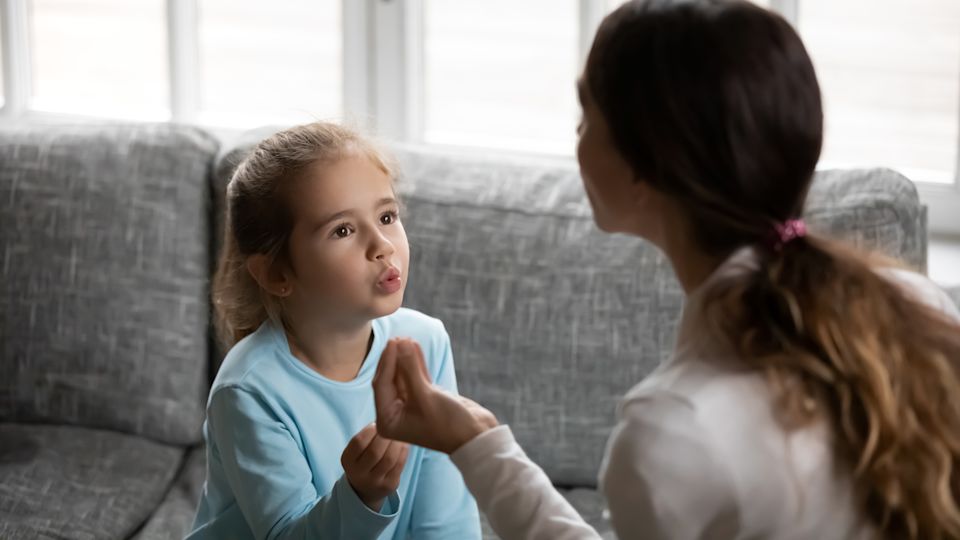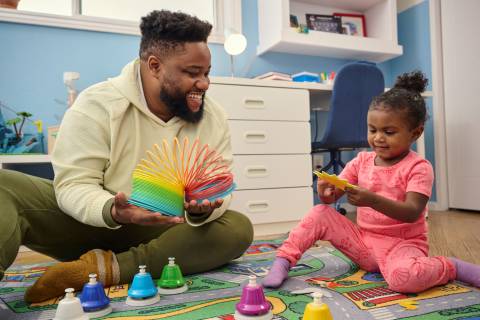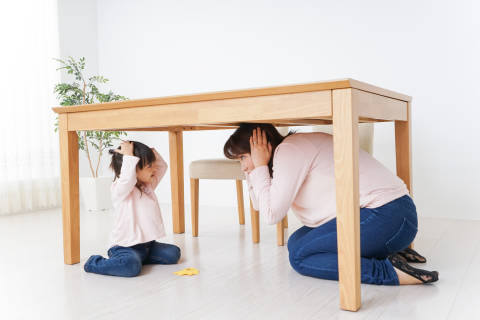Teaching your child to be bilingual can be a wonderful gift that opens up opportunities for communication and cultural understanding. Introducing your child to two languages at a young age helps them tap into their natural language learning abilities.

Children's brains are highly adaptable and flexible to help them absorb new information—including languages. Infants and toddlers have a remarkable ability to learn languages. If your family speaks more than one language, incorporating both of your family’s languages into their daily routines from an early age can create a strong foundation. If you are a single-language family, some of these tips can also help your child learn another language.
Through daily exposure to your family’s languages, children can learn grammar, vocabulary, and pronunciation while also developing the ability to switch between languages. Early bilingualism also helps develop brain skills that assist with problem-solving, attention control, and academic performance.
Many families find that they need to experiment with a few different language learning techniques until they find one that works best. There are several techniques you can try, such as:
One-Person-One-Language approach: If possible, assign each caregiver a specific language to speak with the child. This approach helps children differentiate between the languages and encourages development in both languages.
Minority Language at Home (MLAH): When one language needs extra support, families often use the Minority Language at Home approach. For instance, if caregivers speak Spanish and live in the U.S., they would use Spanish at home while the child learns English outside the home.
Time and Place (T&P): The Time and Place method is commonly used in bilingual schools. It could involve using one language in the morning and another in the afternoon. Or you can use a language on specific days. Families can adjust this approach to fit their needs, such as using the majority language most of the time but switching to the minority language on weekends or during family gatherings.
Mixed Language Policy (MLP): With the Mixed Language Policy, caregivers choose the language based on the situation. For example, they might use the majority language for school-related projects and the minority language for personal conversations. This approach allows flexibility in using the most appropriate language for different contexts.
Once you find a technique that works best for your family, keeping your approach as consistent as possible is often most effective. Consistency helps children associate each language with a specific context.
Making the learning process fun can help keep children engaged. Try incorporating playful activities, songs, rhymes, and games in both languages. Use bilingual books, toys, and media to make language learning enjoyable and engaging for your child. Our free downloadable Roar the Dragon Coloring Book and Three Brainy Birds Spreading the Word book offer stories in both English and Spanish.
It can also be helpful to bring your child to settings where the language will be spoken. Play bilingual music, watch age-appropriate shows or movies in both languages, and seek out bilingual playgroups or community events.
As another way to make language more fun, try teaching your child about the cultures associated with each language. Explore traditions, holidays, and foods from different cultures to make language learning more meaningful and enriching.
Every child is unique, and their language learning journey may vary. The key is to create a positive and nurturing language environment, provide a lot of access to both languages, and make language learning an enjoyable part of their daily life. Read more about having multiple languages in the home.






